What does rising inflation and recession fears mean for global corn prices?
CLICK HERE TO DOWNLOAD THE FREE REPORT
For more information contact: Steven Burke – sburke@crmagri.co.uk
In this outlook we look at the macroeconomic trends influencing grain markets, the impact of funds and what to watch in a global economy experiencing high inflation and recession fears.
Here are the highlights:
- Speculative trader purchases have helped push corn prices down dramatically since early June. In combination with rising recession risks and a strong US dollar, non-commercial traders have closed out nearly 40% of their long positions in a matter of two months.
- Non-commercial traders (speculative investors), make their positions to profit from market direction, either in anticipation of physical market supply or in reaction to global demand changes. Consequently, non-commercial traders can either speed up the movement in price by acting as a first market mover to the latest supply and demand fundamentals or the global macroeconomic environment impacting commodity markets.
- The relationship between inflation and corn markets tend to strengthen as the business cycle changes, during booms and busts there is stronger correlation.
- Interest rates are expected to reach the highest levels in roughly 14 years, which raises the opportunity cost of holding riskier assets like commodities, and can explain why speculative investors have fled corn markets.
- Any severe supply-side disruptions to corn given the recent hot and dry weather across the US and Europe, could help push investors back into corn markets. Moreover, if recessionary fears begin to ease, we could also see a interest in corn as a speculative investment rise.

